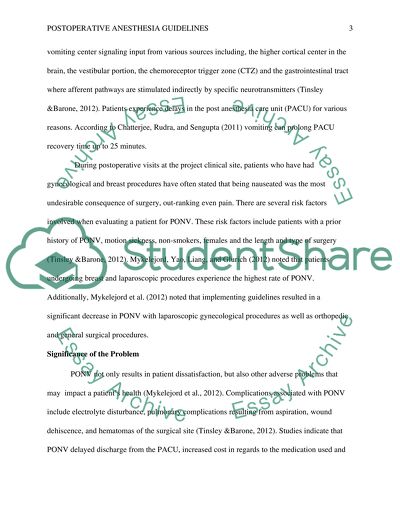Peer Review Assignment Example | Topics and Well Written Essays - 250 words - 1. Retrieved from https://studentshare.org/health-sciences-medicine/1658038-peer-review
Peer Review Assignment Example | Topics and Well Written Essays - 250 Words - 1. https://studentshare.org/health-sciences-medicine/1658038-peer-review.


